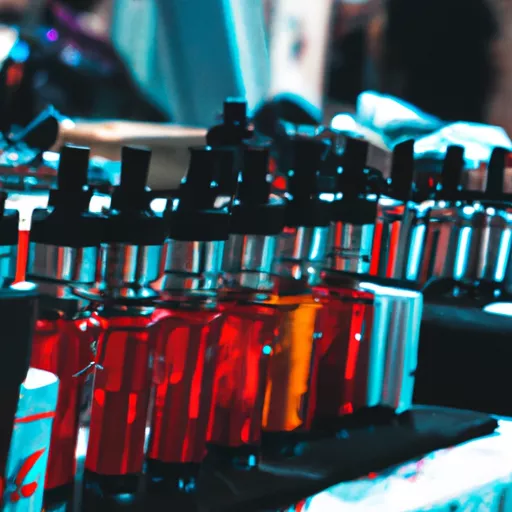
Vaping has become a trend worldwide, and Malaysia is no exception. The vape market in Malaysia has been rapidly growing over the past few years, with a rise in the number of vape shops, online retailers, and even vape enthusiasts. As a vape user and resident of Malaysia, I have seen firsthand the evolution of the vape market in my country. In this article, I will provide you with a comprehensive overview of the vape market in Malaysia, including its current state and future potential, as well as some insights into the vaping culture in the country.
Vaping gained popularity in Malaysia around 2013, mainly being introduced through online communities and word of mouth. One of the factors contributing to its rapid growth was its accessibility – vapes and e-liquids were readily available and relatively affordable compared to tobacco products. In the beginning, vaping was primarily seen as a way to quit smoking, and the government even supported it as a harm reduction strategy. This led to a surge in the number of vape shops opening across the country, particularly in urban areas such as Kuala Lumpur and Selangor. The industry started to take shape, attracting both local and international producers, leading to an increase in the variety of vape products available in the market.
Fast forward to the present, and the vape market in Malaysia has become a bustling industry. According to a report by Euromonitor International, Malaysians spent an estimated RM2.8 billion (approximately USD680 million) on vaping products in 2019, making it one of the top markets in the world. The Malaysian vape industry has also created job opportunities, with an estimated 51,000 Malaysians employed in the sector. Furthermore, the development of the vape market has also boosted other industries, such as packaging and logistics. The rise of the vape industry has even caught the attention of international investors, with the Malaysian government targeting to generate RM500 million (approximately USD120 million) in foreign investments by 2025.
One of the driving forces behind the growth of the vape market in Malaysia is the variety of products available. Vapors have the opportunity to choose from a wide range of devices, e-liquids, and accessories from both local and international brands. Some of the popular brands in Malaysia include Nasty Juice, Fcukin’ Flava, and Vape Empire, among others. The availability of a variety of products has allowed vapers to explore and experiment with different flavors, making vaping more appealing and enjoyable. Additionally, the competitive pricing of vape products in Malaysia has also contributed to its popularity, making it an attractive option for younger vapers on a budget.
The Malaysian vape market is also heavily influenced by the culture surrounding it. Vape gatherings and events have become a regular occurrence, with vapers coming together to share their experiences, try out new products, and engage in friendly competitions. Some of these events attract thousands of participants, showcasing the growing community of vapers in the country. Vaping has also become a form of self-expression, with vape enthusiasts showcasing their creativity through personalized devices and customizations. The vaping culture in Malaysia has also been featured in music videos, fashion shows, and even movies, further promoting its mainstream status.
However, despite the growth and popularity of the vape market in Malaysia, it has not been without challenges. In 2015, the Malaysian government imposed a ban on the import and sale of e-cigarettes and related products, citing health concerns. This was quickly followed by the prohibition of the use of vaping devices in enclosed public spaces. The ban was met with backlash from the local vape community and retailers, and it was eventually lifted in 2019. The lifting of the ban, however, was accompanied by strict regulations, including prohibiting the sale of vapor products to minors, advertising restrictions, and quality control measures. These regulations aim to ensure the safety and well-being of vapers, which have been a concern in the industry.
Despite these regulations, the Malaysian vape market continues to thrive, and the future looks bright. The country has seen a rise in the number of vape shops, online retailers, and vape events, and this trend is expected to continue. The demand for vape products in Malaysia is estimated to increase by 10-15% annually, indicating the market’s potential for growth. Moreover, with the rise in awareness of the health risks associated with smoking, more Malaysians are turning to vaping as a less harmful alternative.
In conclusion, the vape market in Malaysia has come a long way since its humble beginnings in the early 2010s. Its growth has been fueled by multiple factors, including accessibility, affordability, diversity of products, and a vibrant vaping culture. The industry has become a significant player in the Malaysian economy, generating employment opportunities and attracting international investments. While it has faced challenges, the future of the vape market in Malaysia looks promising, and I, for one, am excited to see where it goes next. To explore the variety of vape products available in the Malaysian market, visit Vape market Malaysia.